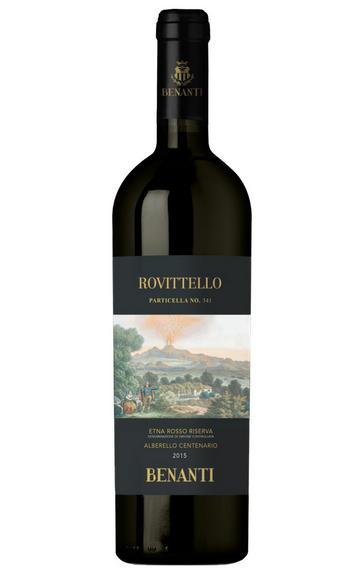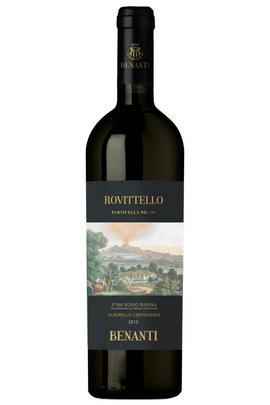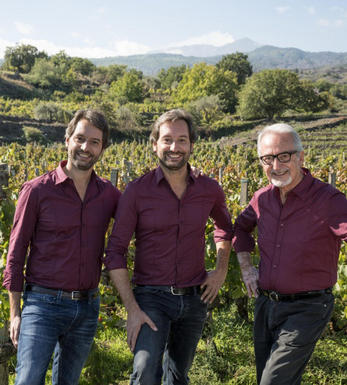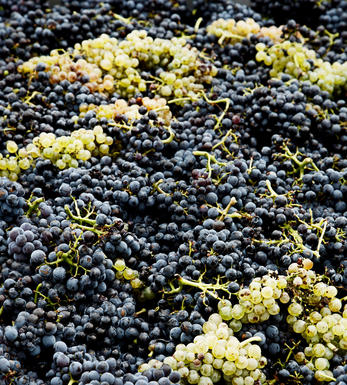
2015 Rovittello, Particella No. 341, Etna Rosso, Riserva, Benanti, Sicily, Italy

Critics reviews
The 2015 Etna Rosso Rovittello Riserva is coy and understated, offering up hints of black cherry, dusty rose and flowery undergrowth. It’s silky yet youthfully dense in feel and quite savory, the salty minerals and spice taking center stage, while black fruits and grippy tannins come forward more toward the finish, and finishes youthfully dry and structured, allowing only nuances of currant and purple-tinged florals to resonate.
This new Rovittello Riservais sourced from a small parcel of pre-phylloxera vines on Etna’s northern slope. After a long maceration, the wine spends 24 months refining in large, 15-hectoliter French oak casks. There’s certainly a lot of potential here, and it will be very interesting to follow the wine’s development over time.
Drink 2023 - 2033
Eric Guido, vinous.com (June 2021)
About this WINE

Benanti

Other Varieties
There are over 200 different grape varieties used in modern wine making (from a total of over 1000). Most lesser known blends and varieties are traditional to specific parts of the world.


Buying options
Add to wishlist
Description
The 2015 Etna Rosso Rovittello Riserva is coy and understated, offering up hints of black cherry, dusty rose and flowery undergrowth. It’s silky yet youthfully dense in feel and quite savory, the salty minerals and spice taking center stage, while black fruits and grippy tannins come forward more toward the finish, and finishes youthfully dry and structured, allowing only nuances of currant and purple-tinged florals to resonate.
This new Rovittello Riservais sourced from a small parcel of pre-phylloxera vines on Etna’s northern slope. After a long maceration, the wine spends 24 months refining in large, 15-hectoliter French oak casks. There’s certainly a lot of potential here, and it will be very interesting to follow the wine’s development over time.
Drink 2023 - 2033
Eric Guido, vinous.com (June 2021)
wine at a glance
Delivery and quality guarantee